We visited the Talbot Rice Gallery today.
The first room is located near the reception and is not currently on display. At a height of 9 metres, it can accommodate larger volumes of artwork. However, the narrow lift in the gallery can pose some limitations for the transport of artworks. The wide space with the curved ceiling design makes the echoes of people speaking loud.

The room has many power sources on the floor to power the exhibits.
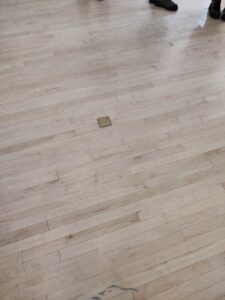
There are large windows on two walls and a skylight in the roof, so there is plenty of natural light. However, the light is too bright to allow for the display of light and shadow artworks and the projection of films. The balcony on the first floor of the gallery allows visitors to look down on the entire gallery, but it is very narrow and the placement of the exhibits on it may cause visitors to have a bad experience, such as not being able to stop and look at the works, or having to make way for people coming and going on their way.

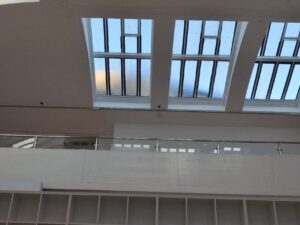
The second room is painted with grey walls and is much smaller compared to the first room. It is a suitable space for conversation, as there are no obvious echoes, unlike the first room. It is therefore more appropriate for works on sound to be exhibited here. The room is not well lit, which can make visualization somewhat difficult. The light in the room comes from a row of spotlights overhead, and the advantage of artificial light is that the type of light required can be changed according to the type of work. It creates a better environment and suits the needs of the work.


James described how painting the walls in different colours can create different zones and atmospheres, which is very useful in group exhibitions, something I hadn’t really noticed in my past experience of seeing exhibitions. The different colours of the walls can be a way of categorising and differentiating spaces and works.
The third gallery is located on the first floor and the walls are painted black. A number of videos are shown in the exhibition hall. The darkness ensures that the videos can be seen clearly. However, the soundproofing of the walls is very important when exhibiting sound works. In the second room we could hear the sound of the films in the third room, and it is important to soundproof the walls so that the sound of the different works of art does not interfere with each other if there are works of art on display that need to be heard.
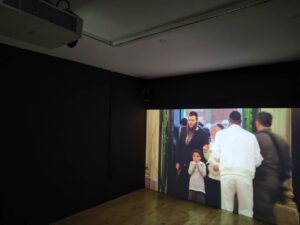
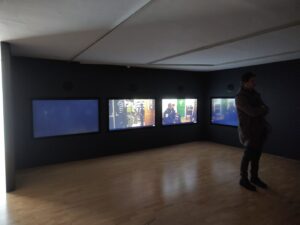
The low ceilings of the exhibition halls make it possible to hide the wires in the ceiling during the exhibition. However, low ceilings also have disadvantages, such as the possibility of people moving around and blocking the projector, which can affect the projection of the film.
The fourth room is currently closed, as a new exhibition is being planned inside. It has a beautiful circular ceiling and is well lighted by natural light. But the temperature is not very high, not very different from outside. It is suitable for works that do not require a lot of light and temperature.

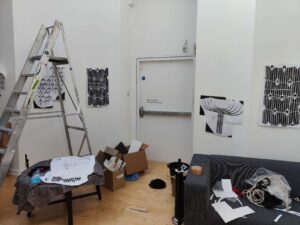
The fifth room is currently exhibiting Qiu Zhijie’s paintings. To protect the fragile rice paper paintings, the gallery has obscured the skylight at the top, creating an artificially darkened environment for the interior.
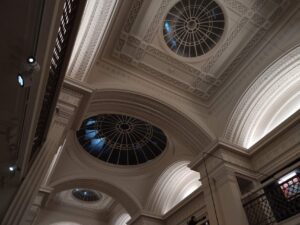
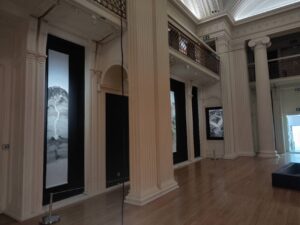
The Talbot Rice Gallery is located in the old college of the University of Edinburgh and the building is very old, which poses a curatorial constraint. For the purpose of preserving the historical building, curators cannot alter the existing structure and appearance of the building at will. I think it needs to be planned more appropriately to ensure that the building is integrated with the exhibits.
James also highlighted the need to take into account the availability of fire exits when curating the exhibition, in case there is an emergency that could affect the evacuation of visitors. It is also important to consider how to prevent fire-related disasters from affecting the artworks.
James also showed us the conceptualisation and planning process for his next exhibition, which was a great help to us. How to plan an exhibition is something we have to learn at the moment and the experiences of professionals always provide us with good references. I previously thought of exhibitions as existing works, then a theme, and then planning the layout. But in reality it is actually the curator who decides on the theme first and then goes on to find the relevant artists. During the communication process, it is also possible to ask the artist if they are willing to modify or recreate the artwork for the gallery. At the same time, he provided us with a blank budget sheet, which was an area I had not approached before. It was also a reminder that the basis for planning an exhibition is not only the artworks, but also the financial support.


James asked us in class to brainstorm what themes we would like to choose, what artists we would like to invite and what works we would like to show if we were to set up an exhibition. It was so sudden that I couldn’t come up with a good theme, but I introduced an artist I was interested in – Tatsuo Miyajima, a Japanese contemporary artist who uses LED counters to make artworks. His work always relates to numbers, repeating cycles from 1 to 9, representing the journey from life to death, the finality of which is symbolized by ‘0’ or the zero This theory derives partially from humanist ideas, the teachings of Buddhism, as well as from his This theory derives partially from humanist ideas, the teachings of Buddhism, as well as from his core artistic concepts: ‘Keep Changing’, ‘Connect with Everything’, and ‘ Continue Forever’. The installation of his work is mostly flat, so it should be an easy one to set up in the exhibition. The Swimming Pool by Leandro Erlich, shared by my classmate, in my opinion requires better planning, transportation and installation in order to integrate more harmoniously with the exhibition space.
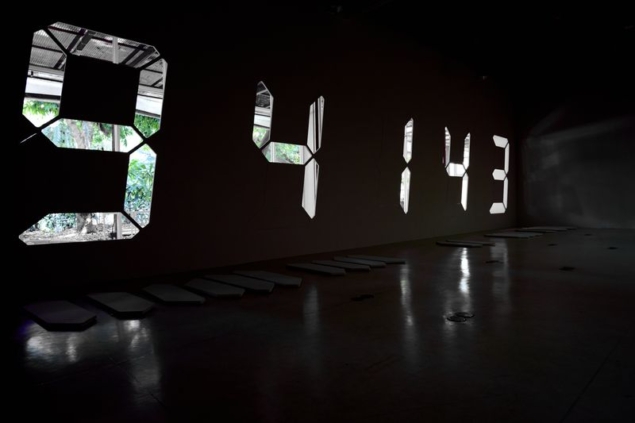
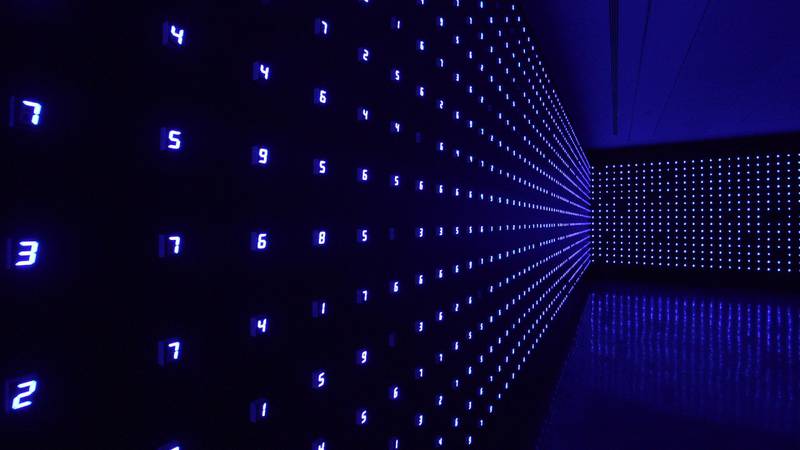
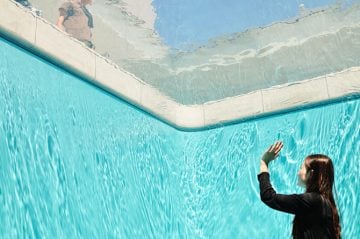
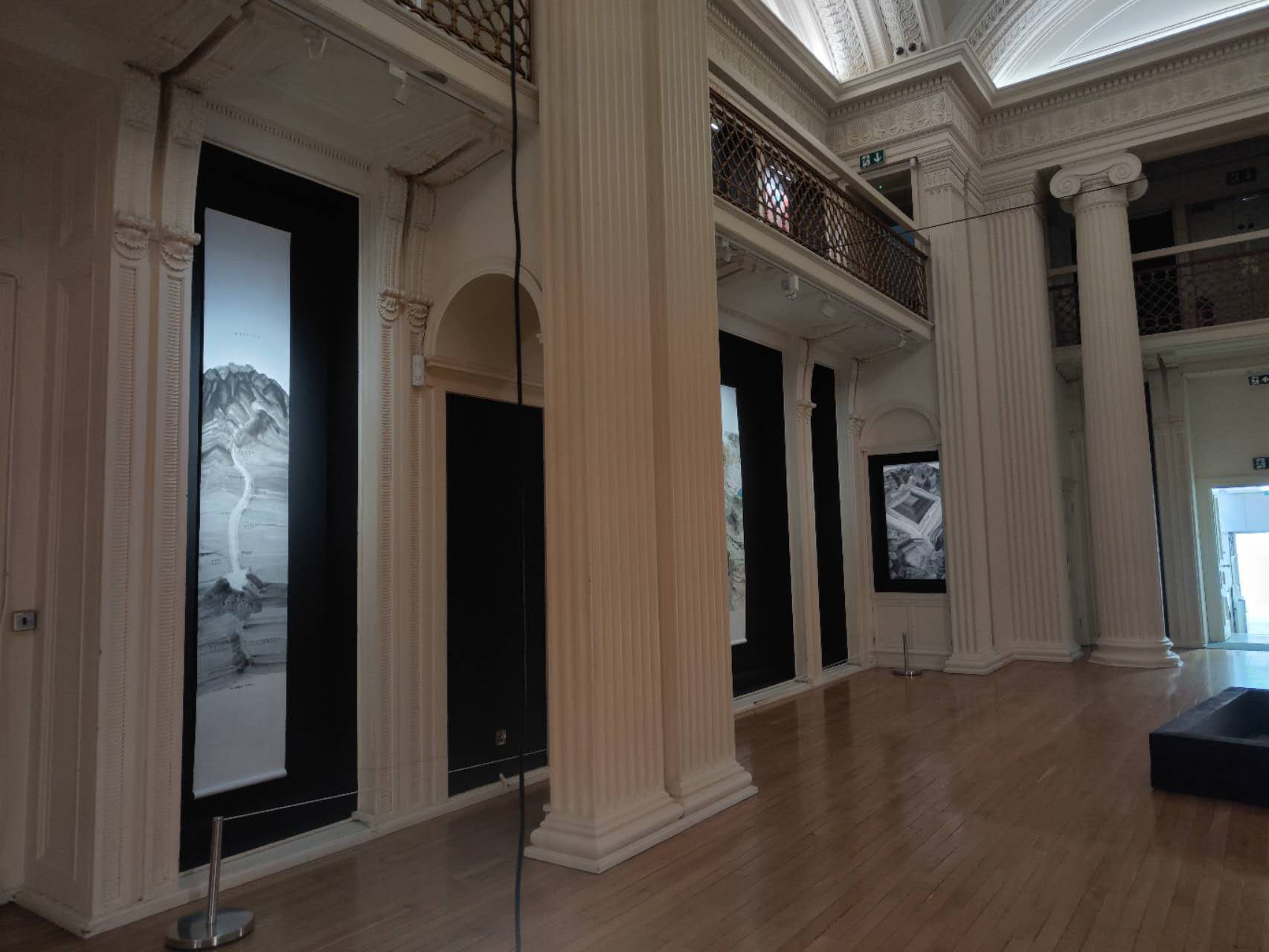


Leave a Reply